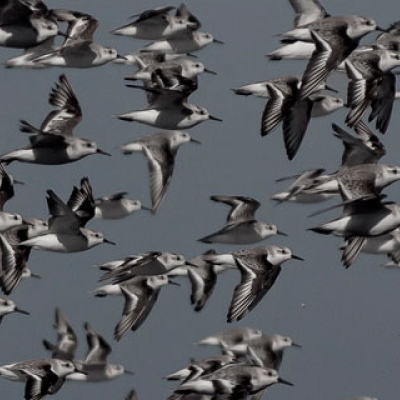
Guest Opinion: We need a moon-shot for the environment more than ever
By Dominick A. DellaSala / On April 25th, 2016
This week, more than 193 nations will celebrate Earth Day. The annual event is a marker for the environmental movement begun on April 22, 1970, when Wisconsin Sen. Gaylord Nelson organized a peaceful teach-in. At the time, rivers were on fire, oil spills fouled Santa Barbara’s coastline, spaceships were headed to the moon, and the nation was at war.






